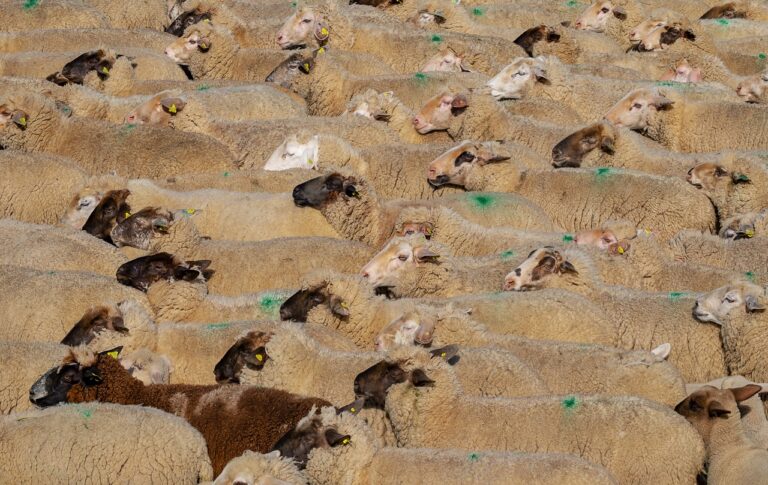Many studies talk about the negative impact and pollution of intensive livestock farming has on the environment. Studies confirms that without intensive animal livestock farming, CO2 emissions would be reduced by al least 68%.
Table of Contents
How much do intensive livestock farms pollute
When it comes to the environmental impact of intensive livestock production, there are many factors to take into account. These include not only the emissions caused by each facility where animals are raised, from when they are born to when they are sent to slaughter.
Also to be assessed are the emissions from the production of animal feed. So, also those that depend on the deforestation of land for cultivation and grazing, the transport of animals, the management of manure.
In short, all the activities that have to do with the production of animal protein. As you may have guessed, calculating these global emissions comprehensively and accurately is not easy.
The data we have available, however, tell us that there is no doubt that animal husbandry, whether intensive or not, contributes significantly to global warming.
How? For instance through the emission of methane. Which is a greenhouse gas that is estimated to have 20-30 times more climate-changing potential than carbon dioxide. According to the FAO, the Food and Agriculture Organisation of the United Nations, livestock-related emissions account for about 15% of the annual human-related greenhouse gas emissions. But according to some recent studies this is a downward estimate.
Why does intensive livestock farming pollute
Intensive livestock farming is defined as livestock farming in which large numbers of animals are concentrated in a small place. Intensive farming, in other words, is synonymous with overcrowding. The explanation for why this type is particularly polluting lies precisely in this. The concentration of a huge number of animals that, as in an assembly line, are cyclically reproduced and finally slaughtered to end up on the shelves of millions of supermarkets all over the world.
The possibility of breeding hundreds – in many cases thousands – of individuals in a small space has overturned the way animals were bred until a century ago. This, giving rise to one of the most profitable but also destructive industries.
There are currently an estimated 770 billion animals slaughtered for human consumption. A quarter of which are bred by humans, the rest are fish caught at sea. Of the animals raised, most are fish from aquaculture, followed by poultry – chickens and hens above all – and mammals – cows, pigs, sheep, rabbits.
What are the consequences of intensive livestock farming on the environment
The widespread use of pharmaceuticals is another factor leading to environmental problems. The contamination of water and soil with these residues poses a threat to both the environment and human health. A further factor to consider is the consumption of water, a fundamental and increasingly scarce resource. Any product of animal origin has a higher water footprint than plant products.
Finally, manure: intensively reared animals produce high quantities of highly polluting manure, rich in nitrogen, phosphorous and potassium. This waste, when dispersed on surrounding land or disposed of illegally, can pose a health problem and pollute soil and water sources.












